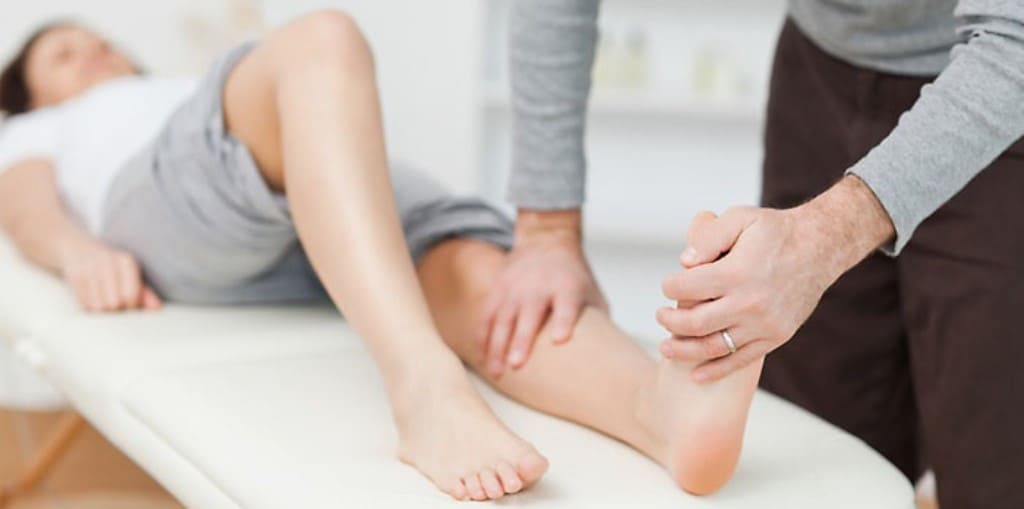Preloader Close
N
e
w
h
p
e
p
e
p
h
y
s
i
o
Welcome to New Hope Physiotherapy
- Brampton 905-846-4000
- Malton 905-364-3900
- Orangeville 519-217-9300
- admin@newhopephysio.com


